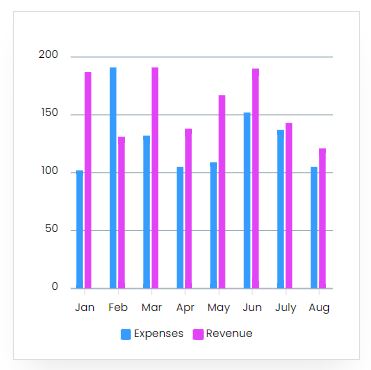Project Report For Sodium Silicate Manufacturing
Introduction
Project report for Sodium Silicate Manufacturing is as follows.
Sodium silicate is the most important soluble silicate. This chemical is also known as “water glass,” and it’s usually administered as a colour less, viscous water solution with little tack. Positive pressure must be used to hold the substrates together.
This material can withstand temperatures of up to 1100°C. Sodium silicate adhesives are largely utilised in the fabrication of corrugated boxboard, boxes, and cartons for attaching paper.
Sample Project Report Of Sodium Silicate Manufacturing
For Bank Loan
Get Completely Custom Bankable Project Report
Wood and metal sheet bonding; bonding glass to glass, porcelain, leather, textiles, stoneware, and other materials; optical glass applications; manufacture of shatter-proof glass; bonding insulation materials; refractory cements for tanks, boilers, ovens, and furnaces; acid-proof cements; fabrication of foundry moulds; briquettes; and abrasive polishing wheel cements are just a few of the applications. By reacting soluble silicates with silicon fluorides or silica, acid-resistant cements with low shrinkage and a thermal expansion similar to steel can be created.
Sodium silicate is coupled with magnesium silicate in muffler repair and fitting paste. When both are dissolved in water, they make a thick paste that is easy to apply. When the exhaust system of an internal combustion engine achieves operating temperature, the heat drives all of the excess water out of the paste.

The residual silicate components have glass-like properties, resulting in a brittle repair that lasts for a short time. High-dispersion magnesium silicates can be used as polymer fillers or active adsorbents.
Magnesium silicate is a large-specific-area amphoteric substance that can absorb acid or alkali metal catalysts. Its superb depicking, deodorising, potassium ion absorbing, and filtering properties make it an excellent choice.
In the synthesis of polyols, it is an excellent refining and purifying agent. It’s also used to purify biodiesel and rejuvenate frying oils as an adsorbent.
Magnesium silicate, aluminium silicate, and calcium silicate are used as fillers and pigment extenders in fingernail lacquers in the plastic industry.
Market potential
Expenses

Product Cost Breakup

Reveneue Vs Expenses

Market Trend

The sodium silicate market was worth $7.2 billion in 2019, and it is predicted to grow to $9.2 billion by 2027. The market is estimated to grow at a CAGR of 3.7 percent between 2020 and 2027.
Because sodium silicate is a colourless compound containing sodium and silica oxides. Soaps, detergents, and silica gel are all made using sodium silicate. Among other things, it’s used as a cement, binder, filler, and adhesive.
It’s also utilised as a sealant, a wall coating, and a fire retardant in concrete. It’s also used to preserve the freshness of eggs and wood. Sodium silicate is used in the textile and pharmaceutical industries. The use of neutral sodium silicate in liquid form in medical and toilet treatments is authorised.
Concrete floors are treated with certain sodium silicate ratios to harden them, make them dust-free, and prevent previous building components from moisture.
It’s also used in the foundry and welding electrode industries. In the ceramic industry, sodium silicate is used as a deflocculant to keep solid particles floating and prevent them from settling in casting slips. Sodium silicate is used as an air-setting bond in the fabrication of refractory cement and mortars in the refractory sector. Pickling is a procedure used in the vitreous enamel industry to clean the metal prior to enamelling.
The sodium silicate market is segmented by form, type, grade, application, end-use, and geography. Based on the form, the market is segmented into crystalline and anhydrous divisions. There are two sorts of markets: liquid and solid.
The alkaline and neutral sections of the grade portion are further divided. The market is made up of paints, adhesives, refractories, tube winding, detergent, catalyst, and other applications.
Based on the end-user, the market is classified into four categories: pulp and paper, construction, automotive, and others.
